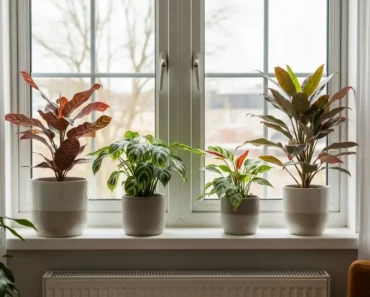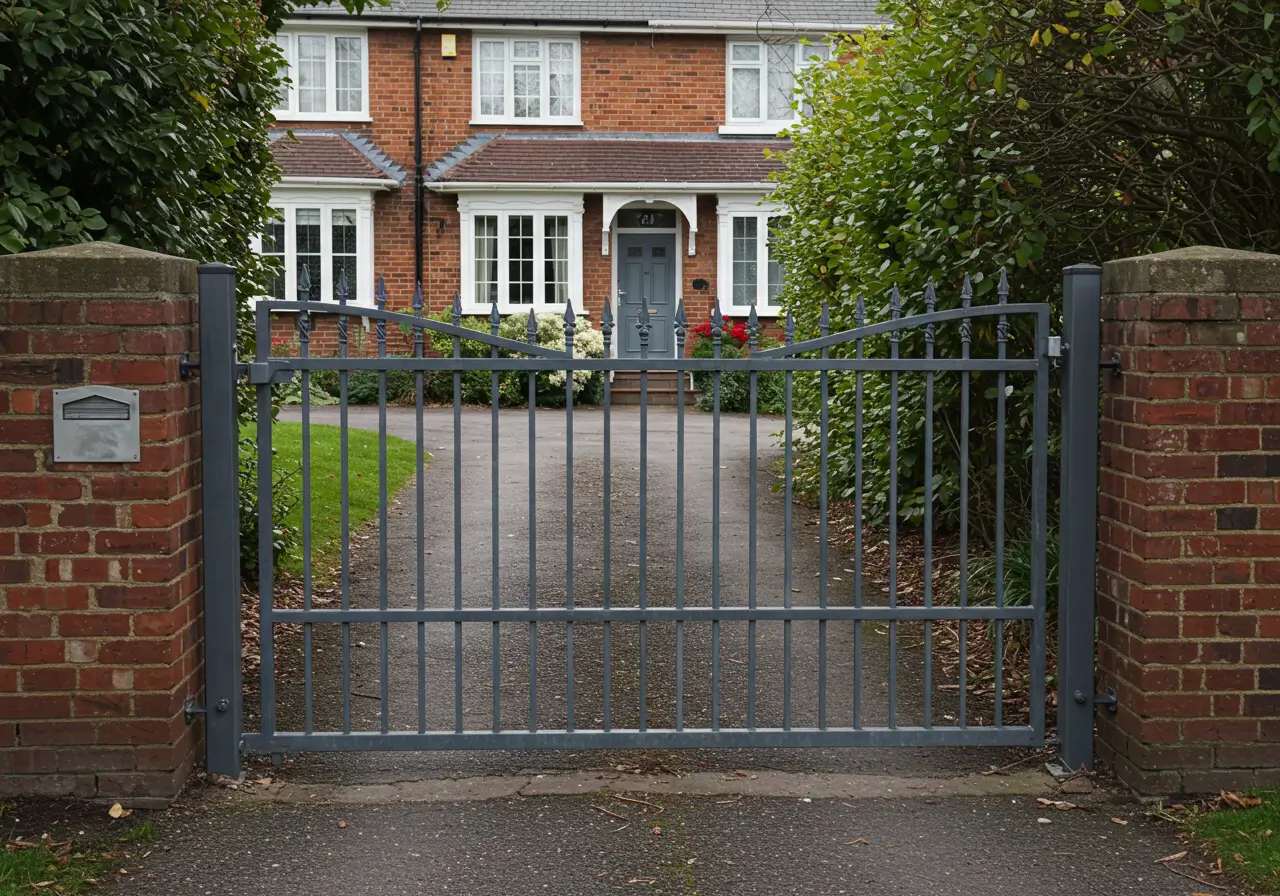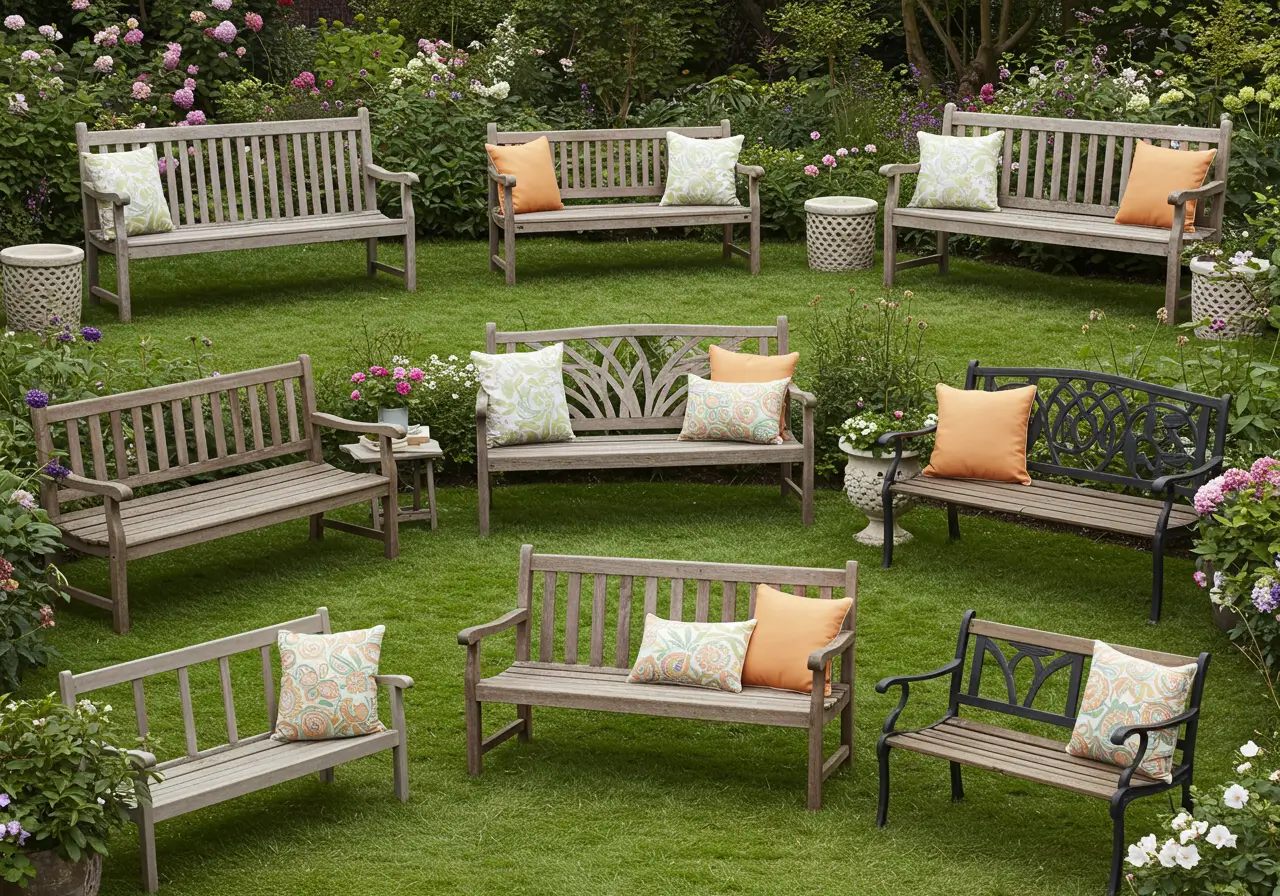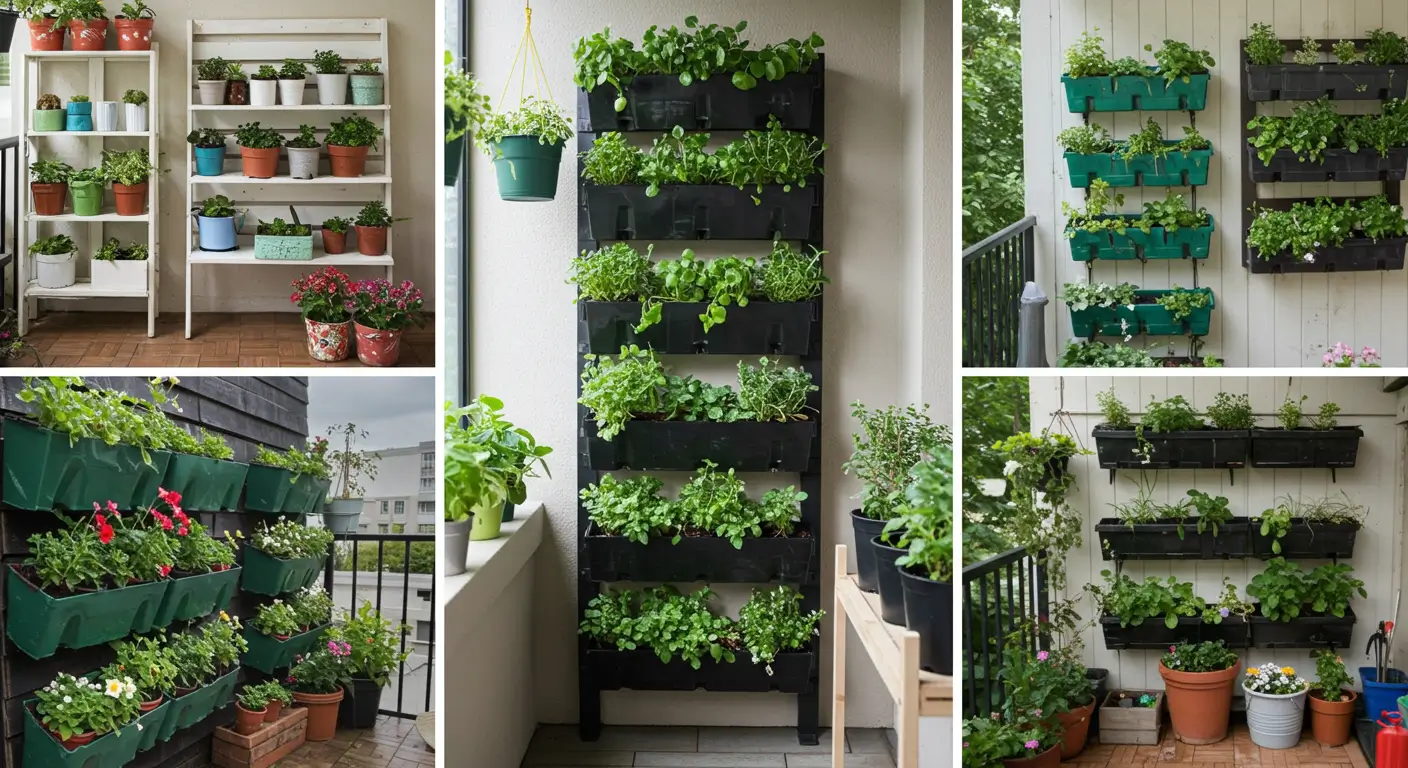Transform your home into a productive pepper paradise with proven indoor growing techniques that deliver fresh, vibrant bell peppers every season.
Growing bell peppers indoors opens up a world of fresh, homegrown produce that’s available year-round, regardless of your climate or outdoor space limitations. Whether you live in a small apartment, face harsh winters, or simply want to extend your growing season, indoor bell pepper cultivation offers remarkable rewards for dedicated gardeners.
The beauty of indoor pepper growing lies in the complete control you have over every environmental factor. From precise lighting schedules to optimal soil conditions, you become the master of your pepper plants’ destiny. This comprehensive guide will walk you through every step of the process, from selecting the right varieties to harvesting your first homegrown bell peppers.
Indoor gardening isn’t just a hobby—it’s a sustainable lifestyle choice that reduces your grocery bills, guarantees pesticide-free produce, and provides the satisfaction of eating vegetables you’ve nurtured from seed to harvest.
Why Choose Indoor Bell Pepper Growing?
Year-Round Production
Indoor growing eliminates seasonal limitations, allowing you to harvest fresh bell peppers throughout winter months when outdoor gardening becomes impossible.
Perfect Growing Conditions
Control temperature, humidity, lighting, and nutrition with precision, creating ideal conditions that often surpass outdoor growing environments.
Pest and Disease Control
Indoor environments naturally reduce exposure to outdoor pests, diseases, and unpredictable weather conditions that can devastate outdoor crops.
Pro Tip: Indoor bell peppers often produce higher yields per plant than their outdoor counterparts due to consistent growing conditions and extended growing seasons.
Selecting the Best Bell Pepper Varieties for Indoor Growing
Not all bell pepper varieties thrive indoors. The key is choosing compact, early-maturing varieties that adapt well to container growing and limited space constraints.
Top Indoor Bell Pepper Varieties
| Variety | Days to Maturity | Plant Height | Best Features |
|---|---|---|---|
| Mini Bell | 60-70 days | 18-24 inches | Compact size, high yield |
| Lunchbox Red | 65-75 days | 20-30 inches | Sweet flavor, container-friendly |
| Mohawk | 58-68 days | 24-30 inches | Early harvest, disease resistant |
| Baby Belle | 70-80 days | 16-20 inches | Dwarf variety, perfect for windowsills |
Characteristics of Ideal Indoor Varieties
- Compact growth habit (under 36 inches tall)
- Early maturity (60-80 days from transplant)
- High productivity in containers
- Disease resistance
- Self-supporting branching structure
Essential Equipment for Indoor Bell Pepper Growing
Success with indoor bell peppers starts with proper equipment setup. While you don’t need expensive gear, investing in quality basics will dramatically improve your results.
1
Lighting Systems
LED Grow Lights: Full spectrum LED panels providing 15-16 hours of daily light
Light Intensity: 3000-4000 lumens per square foot for optimal growth
Positioning: Adjustable height system to accommodate plant growth
Budget Tip: T5 fluorescent lights work well for beginners and cost significantly less than LED systems.
2
Container Selection
Size Requirements: Minimum 5-gallon capacity per plant for root development
Drainage: Multiple drainage holes in the bottom to prevent waterlogging
Material: Food-grade plastic, ceramic, or fabric grow bags
Pro Tip: Fabric grow bags promote better root aeration and prevent root binding.
3
Environmental Controls
Temperature: Digital thermometer with min/max memory
Humidity: Hygrometer to monitor moisture levels (50-60% ideal)
Air Circulation: Small oscillating fan for air movement
Important: Consistent temperature between 65-75°F promotes healthy growth and fruit set.
4
Support Systems
Stakes or Cages: 3-4 foot plant supports for fruiting plants
Soft Ties: Velcro or cloth strips to secure branches without damage
Adjustability: Modular systems that grow with your plants
Note: Even dwarf varieties benefit from light support when loaded with peppers.
Creating the Perfect Growing Medium
Bell peppers thrive in well-draining, nutrient-rich growing media that maintains consistent moisture without becoming waterlogged. The right soil mixture forms the foundation of successful indoor pepper growing.
Premium Potting Mix Recipe
DIY Mix Components (for 10 gallons)
- 4 gallons high-quality potting soil (peat or coco coir based)
- 3 gallons compost or worm castings
- 2 gallons perlite or vermiculite for drainage
- 1 gallon coarse sand or pumice
- 2 cups balanced organic fertilizer (10-10-10)
- 1 cup bone meal for calcium
Commercial Mix Alternatives
Premium Option: Espoma Organic Potting Mix + 25% perlite
Budget Option: Miracle-Gro Potting Mix + compost amendment
Hydroponic Option: Coconut coir with perlite for soilless growing
pH Requirements
Bell peppers prefer slightly acidic to neutral soil with a pH between 6.0-6.8. Test your mix and adjust with lime (to raise) or sulfur (to lower) as needed.
Drainage Check
Good drainage prevents root rot. Water should drain within 30 minutes of watering, but the mix should retain some moisture for 2-3 days.
Sterility Matters
Always use sterile potting mixes to prevent fungal diseases. Avoid garden soil, which may contain pathogens harmful to indoor plants.
Starting Bell Peppers from Seed
Starting bell peppers from seed gives you access to the widest variety selection and ensures healthy plants adapted to your indoor environment from the beginning. The key to success lies in providing consistent warmth and moisture during the critical germination period.
Step-by-Step Seed Starting Process
Pre-Germination Preparation
Soak seeds in warm water for 8-12 hours to soften the seed coat and improve germination rates. Fresh seeds germinate better than old ones, so check expiration dates.
Sowing Seeds
Plant seeds ¼ inch deep in seed starting mix. Use cell trays or small pots with drainage holes. Place 2-3 seeds per cell and thin to the strongest seedling later.
Temperature Control
Maintain soil temperature at 80-85°F using a heat mat. Cover trays with plastic wrap or humidity domes to retain moisture. Germination typically occurs in 7-14 days.
Light Introduction
Once seedlings emerge, remove covers and provide 14-16 hours of light daily. Keep lights 2-4 inches above seedlings and adjust height as they grow.
Common Germination Problems and Solutions
- Poor germination rates: Usually caused by old seeds or insufficient heat. Use fresh seeds and maintain proper soil temperature.
- Damping off disease: Overwatering and poor air circulation cause seedling death. Reduce watering and improve ventilation.
- Leggy seedlings: Insufficient light causes tall, weak plants. Increase light intensity and duration immediately.
- Slow growth: Cold soil temperatures slow development. Maintain warmth even after germination.
Related Post: Indoor Plants That Bring Positive Energy: Boost Well-Being and Transform Your Space
Mastering Indoor Lighting for Bell Peppers
Lighting is the most critical factor in successful indoor bell pepper growing. Unlike leafy greens that tolerate lower light levels, peppers require intense, full-spectrum lighting to flower and fruit properly. Understanding light requirements will make the difference between healthy, productive plants and disappointing results.
Light Intensity Requirements
Seedling Stage: 2000-3000 lumens per square foot
Vegetative Growth: 3000-4000 lumens per square foot
Flowering/Fruiting: 4000-5000 lumens per square foot
Measurement Tip: Use a light meter app on your smartphone to measure actual light levels at plant height.
Light Duration
Seedlings: 14-16 hours per day
Vegetative Growth: 14-16 hours per day
Flowering/Fruiting: 12-14 hours per day to encourage fruit set
Automation Tip: Use a timer to maintain consistent light schedules, reducing stress on plants.
Light Spectrum Needs
Blue Light (400-500 nm): Promotes vegetative growth and strong stems
Red Light (620-700 nm): Essential for flowering and fruit production
Full Spectrum LEDs: Mimic natural sunlight for balanced growth
Pro Tip: Choose full-spectrum LEDs with adjustable spectrums for optimal growth at each stage.
Common Mistake to Avoid: Placing lights too far from plants reduces intensity and causes stretching. Keep lights 2-6 inches above the canopy, adjusting as plants grow.
Watering and Nutrient Management
Proper watering and fertilization are essential for healthy bell pepper plants. Overwatering or nutrient imbalances can lead to poor growth or fruit drop, so precision is key.
Watering Guidelines
- Frequency: Water when the top 1 inch of soil feels dry, typically every 2-3 days.
- Amount: Water thoroughly until excess drains from the pot, but avoid letting plants sit in standing water.
- Water Quality: Use room-temperature, filtered, or dechlorinated water to prevent chemical stress.
- Monitoring: Check soil moisture with a finger test or use a moisture meter for accuracy.
Fertilization Schedule
- Seedling Stage: Use a diluted (1/4 strength) balanced liquid fertilizer (10-10-10) every 2 weeks.
- Vegetative Growth: Switch to a higher nitrogen fertilizer (20-10-10) every 10-14 days to promote foliage.
- Flowering/Fruiting: Use a low-nitrogen, high-potassium fertilizer (5-10-10) weekly to support fruit development.
- Organic Options: Fish emulsion, seaweed extract, or compost tea work well for natural feeding.
Pro Tip: Flush soil with plain water every 4-6 weeks to prevent nutrient buildup and salt accumulation.
Ensuring Pollination and Fruit Set
Indoors, bell peppers lack natural pollinators like bees, so manual pollination is often necessary to ensure fruit production. Proper techniques can significantly boost your yield.
Manual Pollination Techniques
Brush Method: Use a small paintbrush or cotton swab to transfer pollen from one flower to another.
Vibration Method: Gently shake flowers or use an electric toothbrush to vibrate flowers and release pollen.
Timing: Pollinate in the morning when flowers are freshly opened for best results.
Enhancing Fruit Set
Humidity: Maintain 50-60% humidity to support pollen viability.
Temperature: Keep daytime temperatures at 70-75°F and night temperatures at 60-65°F.
Stress Reduction: Avoid overwatering or sudden light changes during flowering.
Pro Tip: Some bell pepper varieties are self-pollinating, but manual assistance ensures higher fruit set, especially in low-airflow indoor environments.
Troubleshooting Common Indoor Pepper Growing Issues
Even with the best care, indoor bell peppers can face challenges. Identifying and addressing issues early can save your plants and ensure a bountiful harvest.
Common Problems and Solutions
| Problem | Cause | Solution |
|---|---|---|
| Yellowing leaves | Overwatering or nutrient deficiency | Reduce watering, check drainage, apply balanced fertilizer |
| Blossom drop | High temperatures or poor pollination | Lower temperature to 70-75°F, manually pollinate |
| Small or no fruit | Insufficient light or nutrient imbalance | Increase light intensity, switch to high-potassium fertilizer |
| Pests (aphids, spider mites) | Introduced via new plants or poor hygiene | Use neem oil or insecticidal soap, isolate new plants |
Harvesting and Storing Your Bell Peppers
Harvesting at the right time ensures the best flavor and encourages continuous production. Proper storage keeps your peppers fresh for weeks.
When to Harvest
Green Peppers: Harvest when firm and full-sized, typically 60-80 days after transplanting.
Colored Peppers: Wait for full color change (red, yellow, orange) for sweeter flavor, about 10-14 days after green stage.
Technique: Use sharp scissors to cut peppers with a short stem to avoid damaging the plant.
Storage Tips
Refrigeration: Store in a perforated plastic bag in the refrigerator crisper for up to 3 weeks.
Freezing: Dice and freeze in airtight bags for up to 6 months for cooking use.
Drying: Dehydrate slices for long-term storage; store in airtight containers.
Pro Tip: Regular harvesting encourages plants to produce more fruit, extending your yield throughout the season.
Conclusion: Start Your Indoor Bell Pepper Journey
Growing bell peppers indoors is a rewarding endeavor that brings fresh, flavorful produce to your table year-round. By selecting the right varieties, setting up proper equipment, and mastering light, water, and nutrient management, you can enjoy a continuous harvest of vibrant peppers. Whether you’re a beginner or an experienced gardener, this guide provides the tools and knowledge to succeed.
Start small with one or two plants, experiment with different varieties, and fine-tune your setup as you gain experience. With patience and care, your indoor garden will thrive, providing you with the joy of homegrown bell peppers.
Ready to Grow Your Own Bell Peppers?
Share your indoor gardening journey in the comments below or connect with us on social media for more tips and inspiration!





